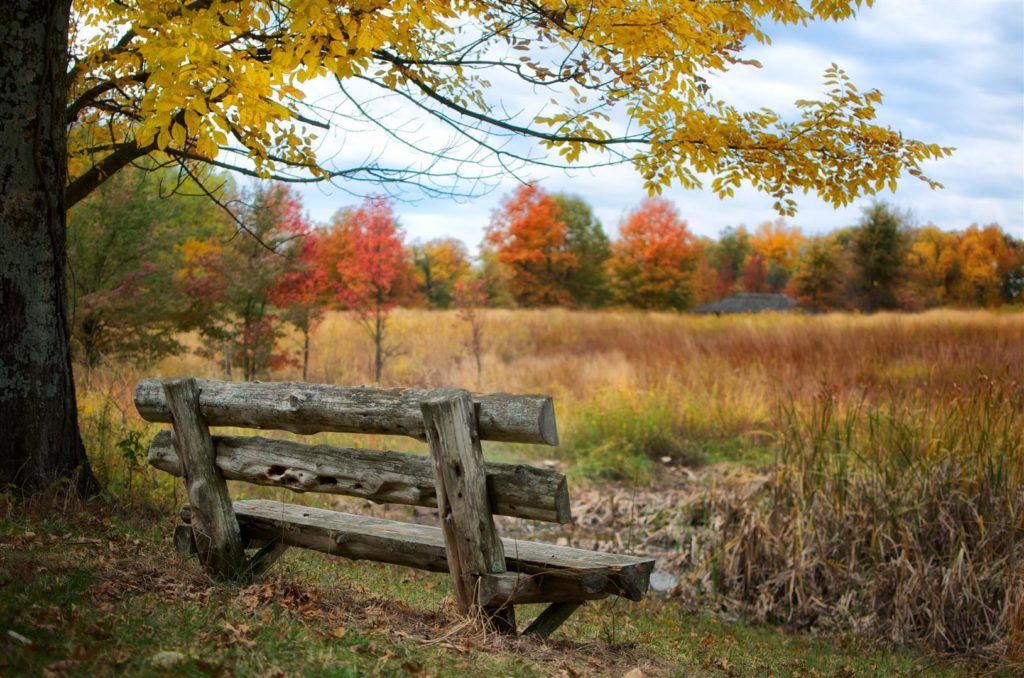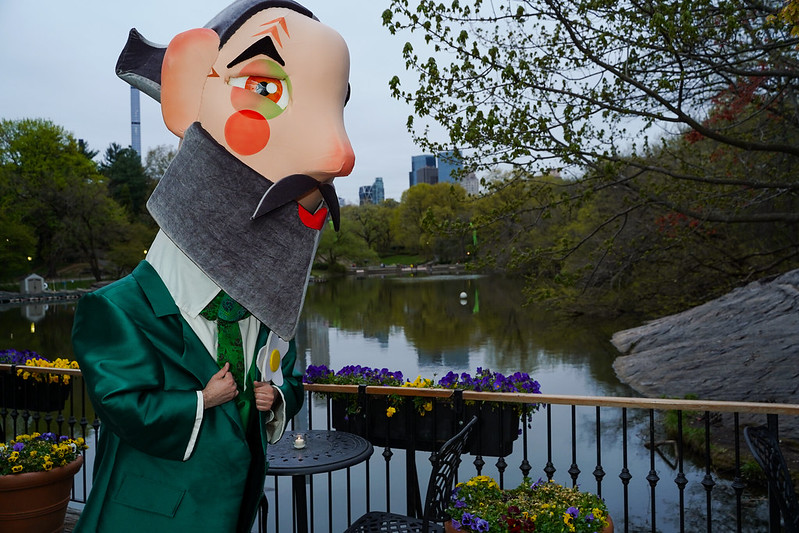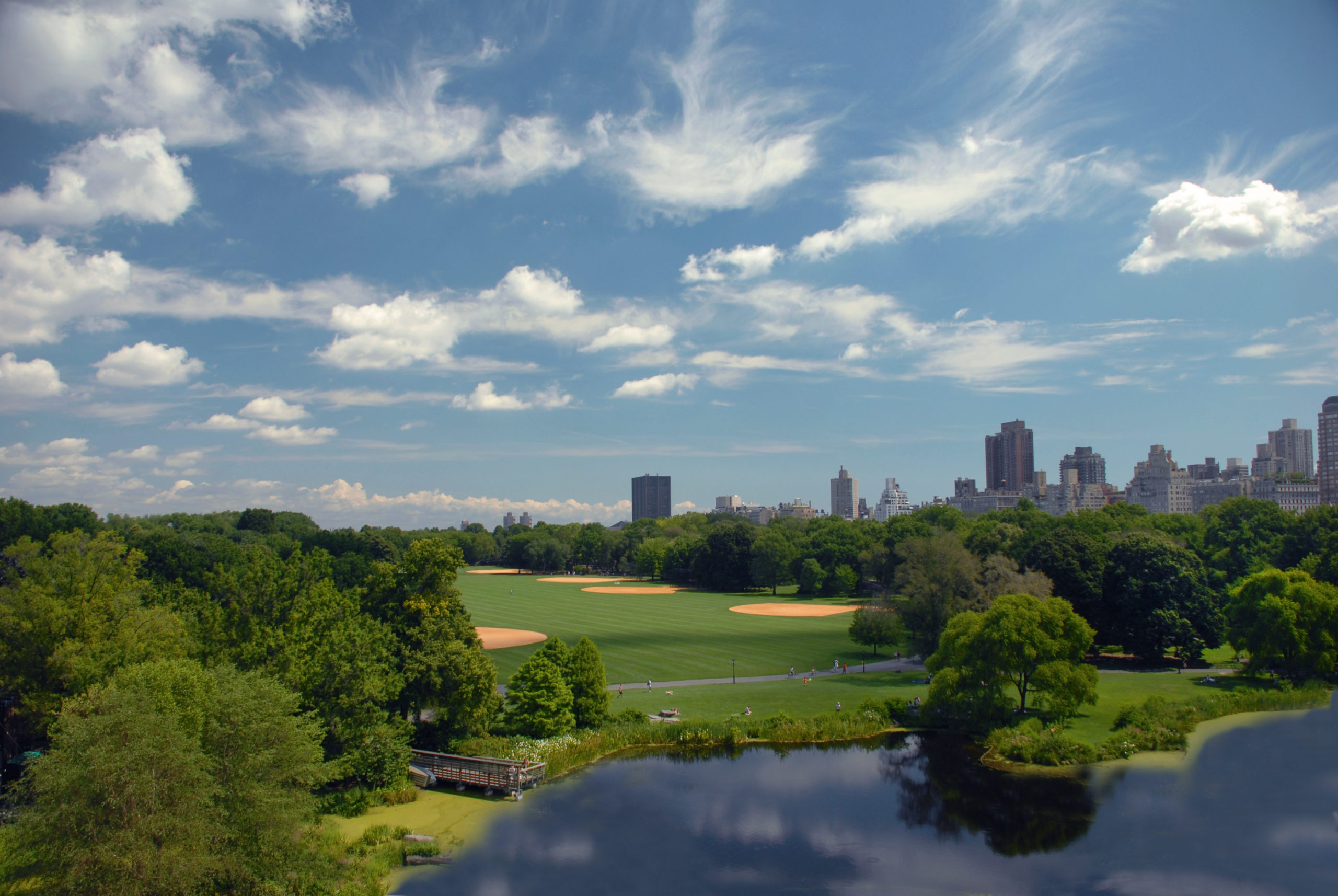
Can you imagine New York City without Central Park? How about Washington, DC without the Capitol Grounds? Or, Boston without the Emerald Necklace? It seems impossible— especially after the last two years, when so many of us have sought relief and respite through urban parks and green space.
But these places did not appear by accident. Thanks, of course, is largely due to Frederick Law Olmsted, who turns 200 on April 26, 2022. It was Olmsted who realized the necessity of parks for city dwellers and the importance of connecting all of us to nature. It was Olmsted who created green spaces across the country in New York, Louisville, Atlanta, Chicago, Buffalo, Boston, DC and San Francisco.
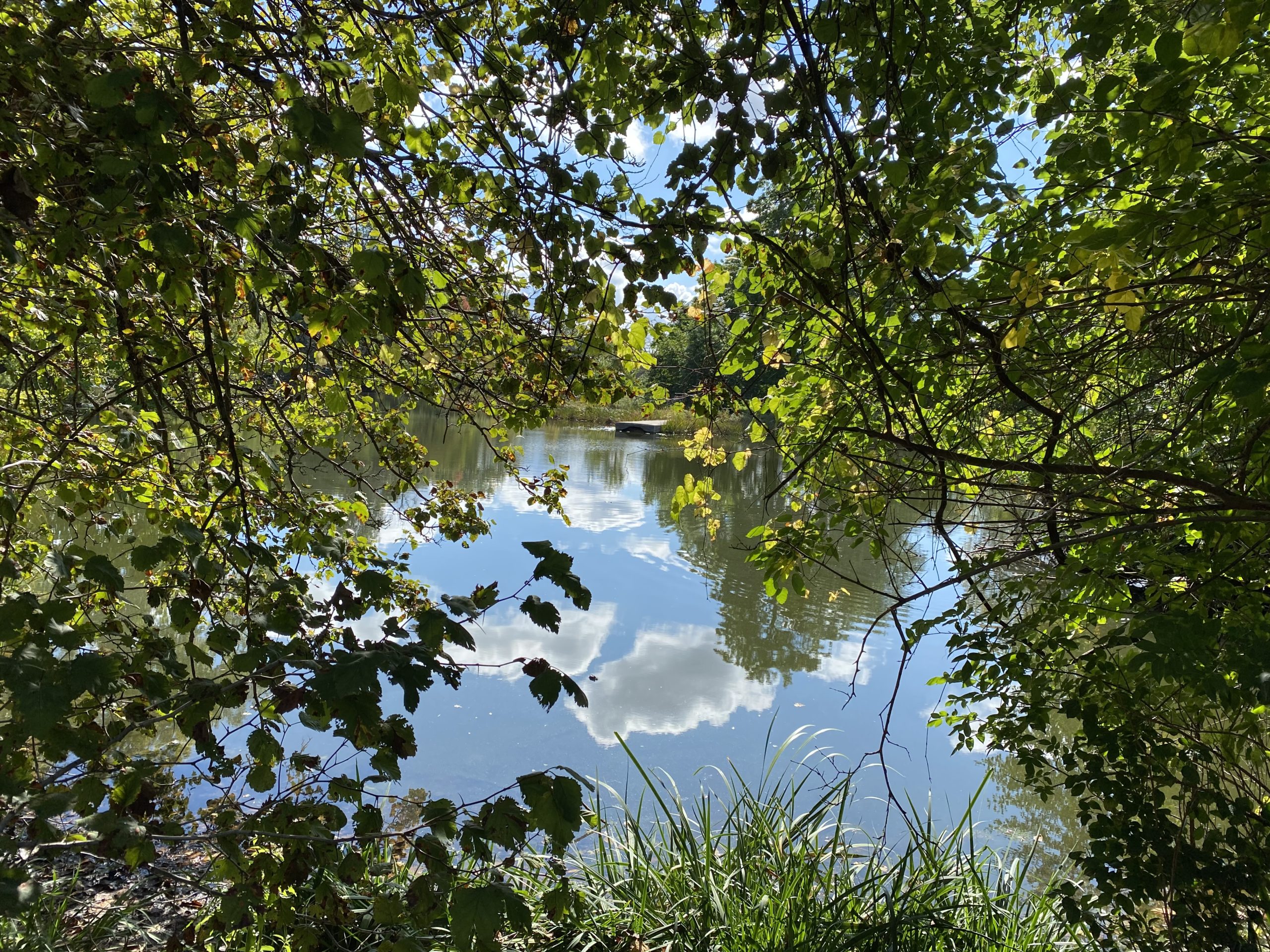
When faced with a deeply divided society and a public health crisis, leaders in the late 19th century – working with Olmsted – responded with a period of extraordinary civic improvements.
What better way to acknowledge Olmsted’s legacy than to launch another era of expansive public park making and park renewal as we celebrate Olmsted’s bicentennial.
Now nearly 200 years later, the importance of these spaces is undeniable. Not only do parks and landscapes restore us mentally and physically but they serve a critical ecological function in the face of climate change. It’s not serendipity that Olmsted’s Back Bay Fens weathered Hurricane Ida better than most nearby areas, proving that green infrastructure is critical to solving our growing environmental challenges.
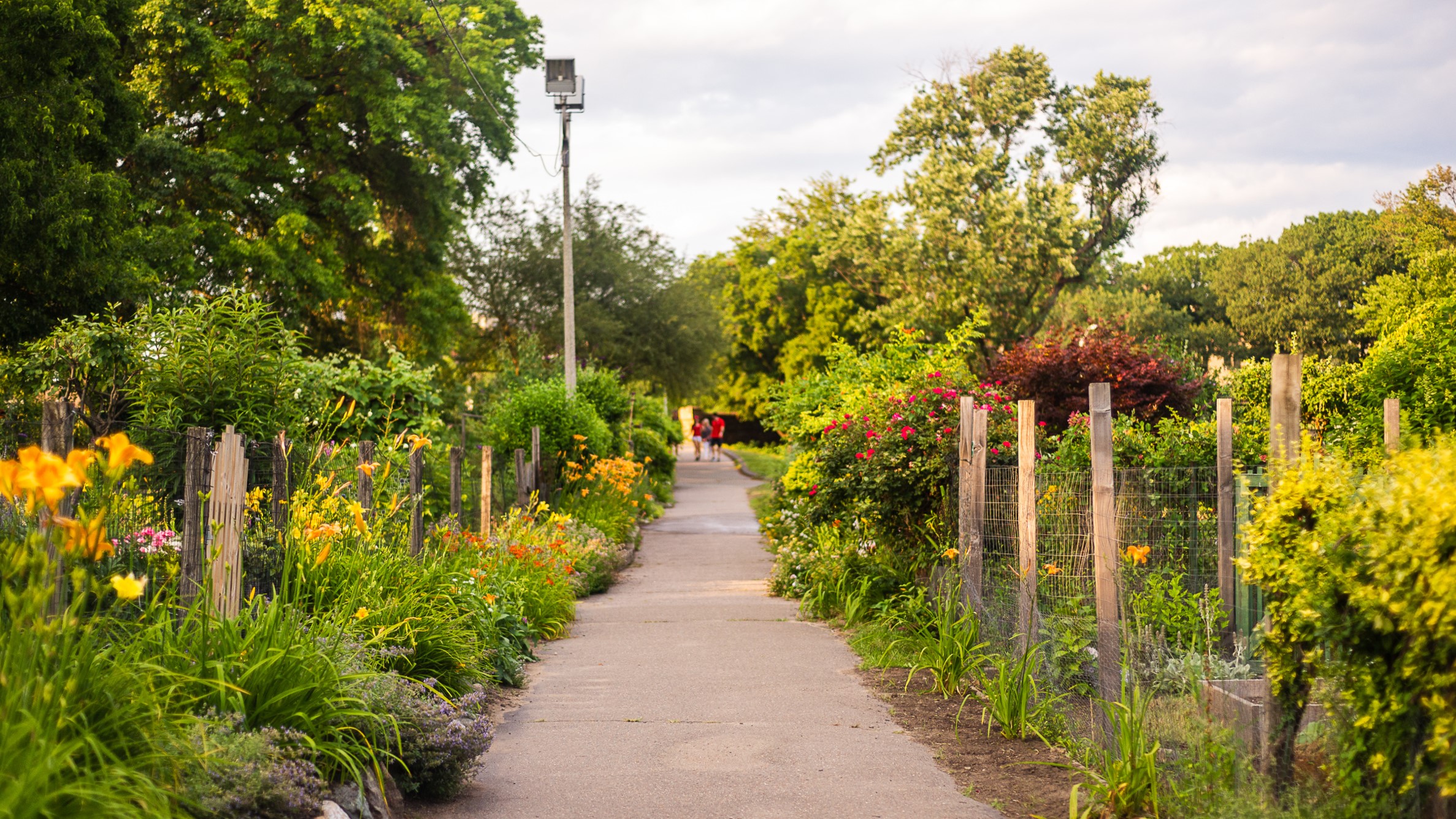
Concurrently, the pandemic has underscored what happens when we DON’T ensure park access to all people. A recent survey by The Trust for Public Land finds that 100 million people—including 28 million kids—don’t have a park within a 10-minute walk of home. By failing to ensure access to parks and civic spaces, we are perpetuating existing racial and economic divides where low-income communities and communities of color suffer dearly in terms of health outcomes. (See related article here).
Fortunately, civic leaders are starting to agree.
In Baltimore, a local community foundation announced the purchase of 20 acres for a new park called Hillside Park, believed to be the largest new public park in Baltimore City in over 100 years. The proposed design takes inspiration from Frederick Law Olmsted, with a focus on creating a democratic space for all. (Read more about Hillside Park here.)
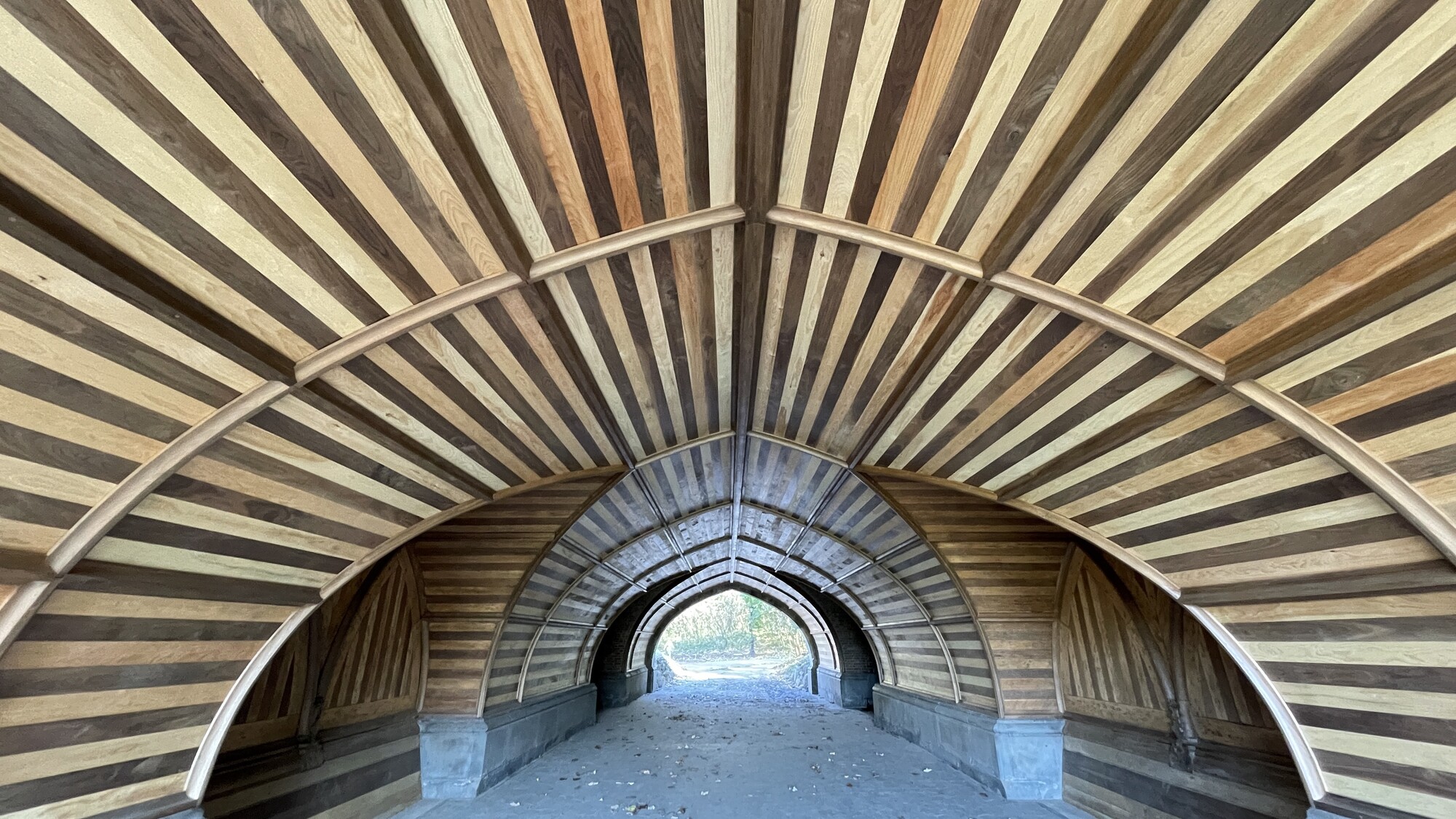
In December, New York City awarded $40 million to Prospect Park in an effort to restore the Vale, a 27-acre section of the park, which includes the recently restored Flatbush Avenue Park Perimeter and more. In 2020, Prospect Park also refurbished the Endale Arch, a park staple envisioned by Olmsted and Vaux.
In Lake Wales, Florida, the city has announced an $18 million effort to expand Olmsted’s vision throughout the city’s commercial heart. (Read more here).
In Boston, the Emerald Necklace is reversing decades of destructive intrusions in Olmsted’s Charlesgate Park by working with a coalition to revitalize the park and restore its role as a key link in the park system. Join this upcoming tour to learn more: Charlesgate Park: The Green Link to Boston’s Future
In Rochester, the Highland Park Conservancy has announced the approved reconstruction of the Children’s Pavilion, a beloved key feature of Olmsted’s design that was unfortunately demolished in the mid-1960s. (Read more here.)
In Louisville, KY, Olmsted Parks Conservancy announced the addition of 25 acres to their existing park system. It is the first expansion of the park system in its 130-year history. (Read more here.)
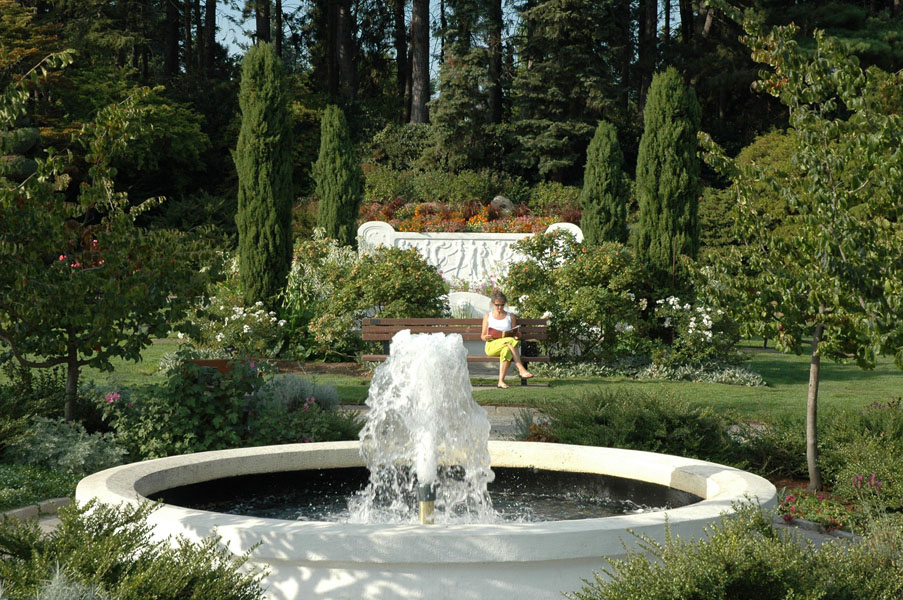
On the West Coast, the Friends of Seattle’s Olmsted Parks are partnering with city parks officials on a bicentennial plan to ensure that Seattle’s developed parks and boulevards suffer no net tree loss in the future. Currently, a loss of 500 trees a year is estimated, with only a fraction of that number being replaced. The project seeks to employ Olmsted principles of landscape design, guided by a lens of equity and sustainability.
The Olmsted 200 bicentennial is more than a celebration. It’s a call to action. It is crystal clear— a healthy urban environment is more critical than ever. The benefits of investing in green infrastructure greatly contribute to a city’s economic, civic, and ecological vitality and health.
Olmsted 200 allows us to celebrate the past but think big, take bold actions, and sustain and reimagine public spaces for the future. These parks and places have required generations of dedicated stewardship and will require generations going forward.
It’s time for all of us to double down on our commitment to Olmsted parks and landscapes. These sites are not luxuries. They are critical and absolutely essential to public and environmental well-being.
Let it not be for present delight, nor for present use alone. Let it be such work as our descendants will thank us for, and let us think….that a time is to come when men will say, “See, this our fathers did for us.
Frederick Law Olmsted
As Olmsted understood, a healthy society looks to the future. In this issue of Field Notes, we are pleased to showcase forward-thinking investments in Olmsted parks— inspired by the bicentennial— that can help set a standard for the future.
Olmsted 200— managed by the National Association for Olmsted Parks, with nine other founding partners, and countless celebration partners— thanks everyone who is participating in this campaign, whether through grassroots efforts, op-eds, or extraordinary programming. The bicentennial celebration continues throughout 2022.
This article first appeared in the April 1, 2022, issue of Field Notes by the National Association for Olmsted Parks.










